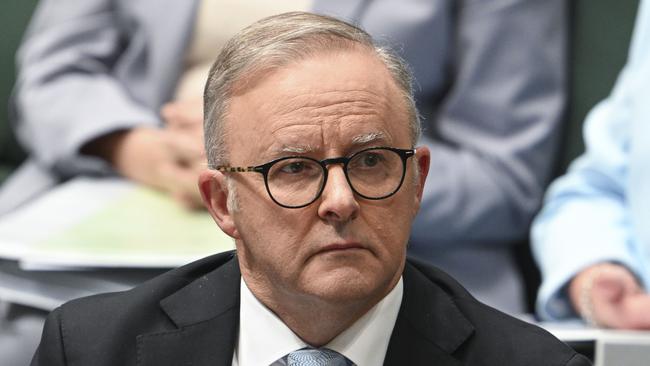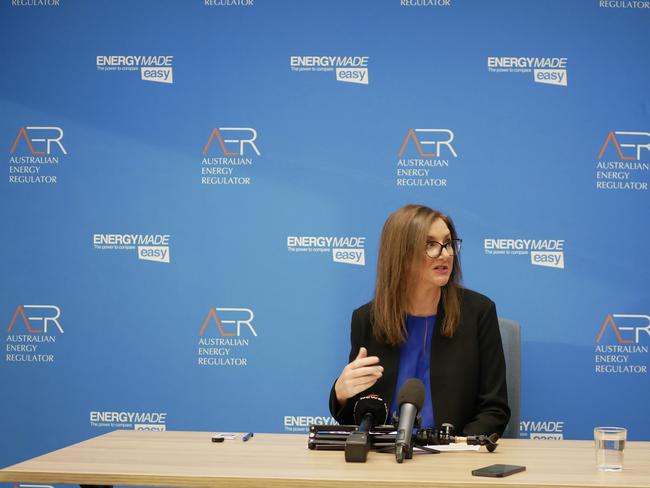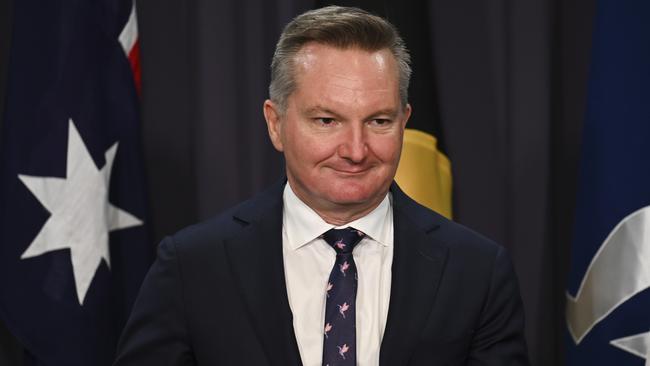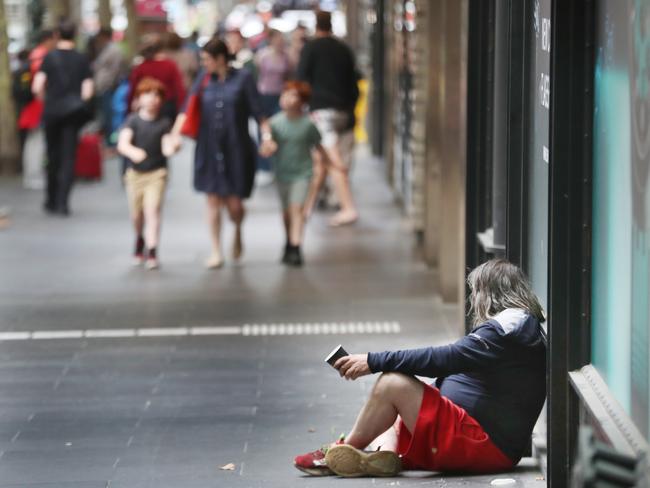Australian Energy Regulator recommends bill relief for ‘majority’ later this year
The bulk of Australians are set for power bill relief but the Coalition says it’s not good enough, demanding an apology from the PM.
Breaking News
Don't miss out on the headlines from Breaking News. Followed categories will be added to My News.
Anthony Albanese “must apologise” to Australians for breaking his election promise of a $275 reduction in power bills, despite the regulator announcing relief for millions of people.
Under the Australian Energy Regulator’s draft “default market offer” released on Tuesday, the majority of households in large sections of the country should see power bill relief from July 1.
While most households in NSW, southeast Queensland and South Australia should see prices come down, other areas of southeast Queensland and regional NSW will face increases up to 2.7 per cent.
At this time, it is estimated price changes for all residential and small business customers on standard retail plans will be less than the rate of inflation, it says in the draft.
The Prime Minister went to the 2022 election promising a cut in power bills by $275, but since then Australian households and small businesses have been slugged with successive price hikes.

Opposition energy spokesman Ted O’Brien said the DMO showed Labor had fallen short of up to $1027 of its promised price reduction, equivalent to a 37 per cent increase since May 2022 and an “unforgivable” broken promise.
“Labor was elected on a promise that it would reduce household electricity bills by $275 but instead Australians are now paying among the most expensive bills in the world,” Mr O’Brien said.
“The Australian people deserve nothing less than a complete and unreserved apology from Prime Minister Albanese for making households and businesses pay for his failures.”

Mr O’Brien, who is driving the coalition’s nuclear plans, accused Labor of making a “mess” of energy policy.
“Number one, they should stop forcing the premature closure of baseload power stations, number two they need to stop killing off gas and bring on more supply,” he said.
“And number three, they should fix the mess they have created in the renewables rollout that is now dropping enormously, the worst performance and renewable rollout this country has seen in a long, long time.
“So if you look at those key forms of energy generation, Labor has failed on every single step of the way.

The federal government had earlier welcomed the announcement from the regulator.
“The race isn’t won, nor would anybody, I think, sensibly suggest that it is,” Energy Minister Chris Bowen said.
“It shows the impact of my request – along with state ministers – to the Australian Energy Regulator to prioritise the needs of consumers and put consumers first.
“This is encouraging, but we’ve got a long way to go.”

Asked if the $275 power price promise could still be met, Mr Bowen said he was not giving up and took a swipe at the Coalition’s push to adopt nuclear power.
“Others might, by suggesting nuclear. We’re focusing on the task at hand – getting renewables into the system to reduce prices,” he said.
Mr Bowen said he would consider “any sensible cost of living relief” in the budget, due May 14.
How households will be affected
The majority of residential customers could have price reductions between 0.4 per cent to 7.1 per cent. The remaining residential customers may have increases between 0.9 per cent and 2.7 per cent depending on their region, it says in the draft.
The majority of small business customers could see price reductions between 0.3 per cent and 9.7 per cent while others could face increases of about 0.7 per cent depending on their region.
The AER’s price caps apply only to customers in NSW, South Australia and southeast Queensland.
AER chair Clare Savage said in light of electricity price increases during the past two years, the regulator had put an increased weight on “protecting consumers”.
The regulator did this by making it tougher for new power retailers to enter the market and compete; i.e. reducing the ‘headroom’ in the default market offer price.
“Your retailer is required to tell you on the front page of your bill at least every 100 days if they can offer you a better deal,” Ms Savage said.
Only about one-in-five customers were shopping around for better power deals, she said, and there were offers from smaller electricity retailers as much as 23 per cent below the default market offer price.

“If you’re struggling to pay your bills, contact your retailer as soon as possible because under national energy laws they must assist you,” Ms Savage said.
The draft DMO price would position the majority of customers on standing offer prices to save money.
Despite the ‘headroom’ trim, the regulator chair said there was room for retailers to compete in the market.
“There’s clearly enough room in the market today for them to compete at prices that are much lower than what we’re talking about (DMO price) for the next coming year,” Ms Savage said.
Originally published as Australian Energy Regulator recommends bill relief for ‘majority’ later this year




